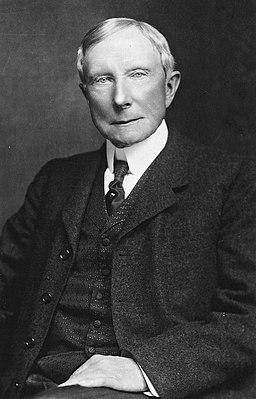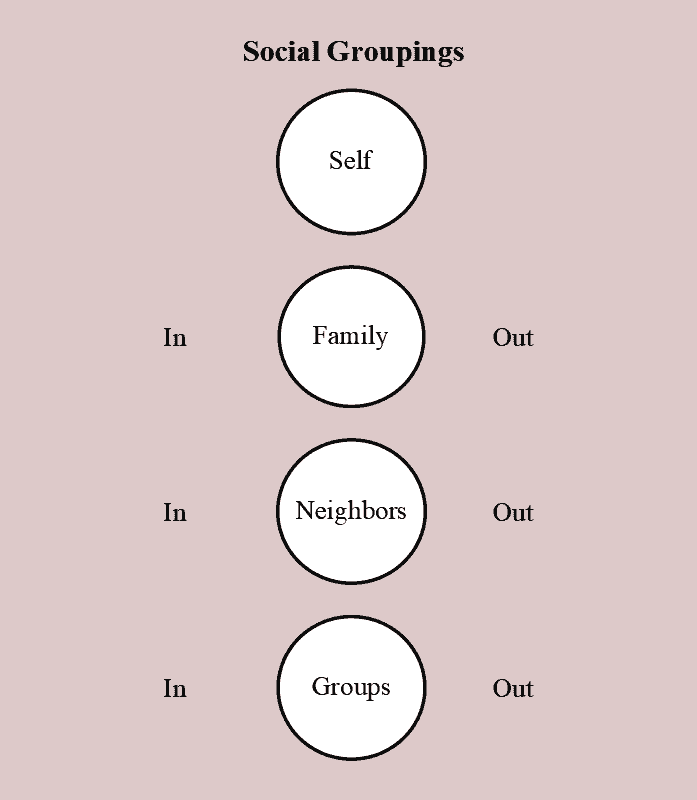Culture Origins
Culture is the collection of fossilized behavioral solutions of our cultural ancestors that we have adopted.
In Figure 1, we can see the solution a lone person made to the challenge of weather. A spare lean-to with reused material.
If we don’t have the best solutions that our cultural ancestors, like erected walls and formed material, left to our own devices we must create anew solutions to the challenges of the world.
Without Culture
The reaction to any environmental situation by a set of people forms a range of behaviors, for example, from eating meat to restricting meat to eating no meat. The behavior chosen by an individual is determined by the situation and the person. However with culture before we make our own choice, certain choices already are encouraged or discouraged by our culture. These cultural choices are relics of choices made by earlier members of our culture who were leaders or showed success with their choices.
Cultural Norms
Cultural norms direct the behavior often before a person thinks. The person often fails to recognize that a choice is available.
As we shall see the breadth of cultural choices are not only vast, but also built upon earlier choices.
Cultural Dimensions
Culture covers a vast array of behaviors, behaviors that we could choose differently but are often satisfied with the results of accepting the norm as our own determined choice.
- Expression, like art, music, dance, ritual, religion
- Physical, such as architecture and technology: tool usage, cooking, shelter, and clothing
- Immaterial, principles of social organization, mythology, philosophy, literature (both written and oral), and science
Knowledge & Culture
All knowledge is not the same in sureness to us. Specifically, cultural norms are a type of knowledge that is not an absolute fact, but a defined behavior within the culture. In some cases, perhaps age at marriage, a person may disagree with the standard. The person’s choice is not wrong but it is different than the mandated age. Often a person bends to society’s rule, but sometimes not.
Also, cultural norms change over time. A particularly notable case in America occurred with the marriage between members of separate races. It is legal now and the social forces against it become less daunting as time goes on, although this article by an Asian woman with white fiance shows aspects of the force of cultural expectations.
Knowledge Hierarchy
It’s useful to consider the place of culture in the hierarchy of knowledge that drives our behavioral selection.
- Cultural norms are tertiary (remote) guideposts. We did not come to these organizing principles of action from our person reaction to our situation. These are standardized principles we share with other members of our society. These norms were found useful in preserving and furthering the culture, often by an ancestor’s behavior which because a model in the society. A similar distant relationship between norm and personal experience is also found with media reports and academic subjects.
- Familial guideposts include teaching many cultural norms and our familial acceptance or rejection of those cultural behaviors, as well as behaviors acceptable in family groups. A significant difference between family norms are that we know directly and experience directly the obeying or disobeying those rules. Many times with cultural norms, we can disobey them without immediate consequence, until someone notices and complains. If a parent explains family norm to us, we often know the sensibility or over-the-top nature of the reasoning, because we know the parent and share many experiences with them. That yoking of norms is not available for tertiary norms.
- Primary guideposts are behavioral responses that we determine for ourselves based on our personal biological makeup as we confront our particular environment. An example would be how much water we drink if we are all alone. When others are with us, familial or cultural norms alter how much we take and in what order with others.
Primary behavior is true to yourself. Secondary (familial) behavior is true to the family. Tertiary (cultural) behavior is true to the cultural group.
But cultural norms are not to be sneered at because they might seem arbitrary or go against the behavioral choice of the family or the individual.
As a collection of fossilized behavioral solutions of our cultural ancestors that we have adopted, they support the continuation of society.
See also Knowledge, Types and Sources
Figure 1. Odgen Pleissner. “Solitary Cowboy”









